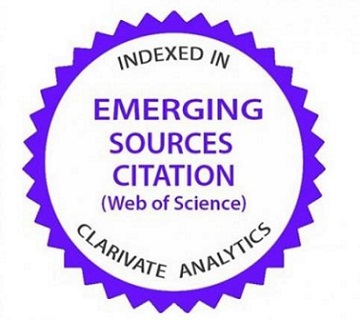Types of Papers
Authors should determine the type of paper before submitting it and indicate the type of paper on the title page. This is because, depending on the type of paper, the rules to be followed, including formatting and word limits, change.
The categorization system is at the discretion of the Editor-in-Chief. Authors may be asked to change the article type at the request of the editor at any stage of submission, including after acceptance.
The following types of papers will be considered for publication.
Original Articles
Abstracts should not exceed 500 words and should be structured with the following subheadings: Objective, Methods, Results, and Conclusion.
The main text should be structured with the following subheadings: Introduction, Material and Methods, Results, Discussion, Limitations, Conclusions, Acknowledgments, Main Points, References, and Figure Legends.
The main text should not exceed 3000 words, excluding the abstract, references, tables, and figure legends.
There should be a maximum of 50 references.
Review
Special Editorial
Case Report
In the European Journal of Therapeutics, very interesting or rare cases can be published as Case Reports. However, due to the limited number of publications determined for this category, it is recommended that you submit such articles as Letter to the Editor. For the instructions for Letter to the Editor, please see below.
Letter to the Editor
The European Journal of Therapeutics encourages authors to write letters to the editor on all topics covered by the journal.
There is no abstract requirement for this type of manuscript. If authors prefer to include an abstract in the letter, they may include a short unstructured abstract of no more than 200 words.
It is recommended that a letter contains up to 10 references.
The letter recommends adding "Dear Editor" at the beginning of the main text and "Yours sincerely" at the end.
Withdrawn
Erratum
Retraction Notice
Reply by Authors
Correction to
Editorial (Only Editors Use)
In memory of (Invited by EIC only)
Book Review (Invited by EIC only)













